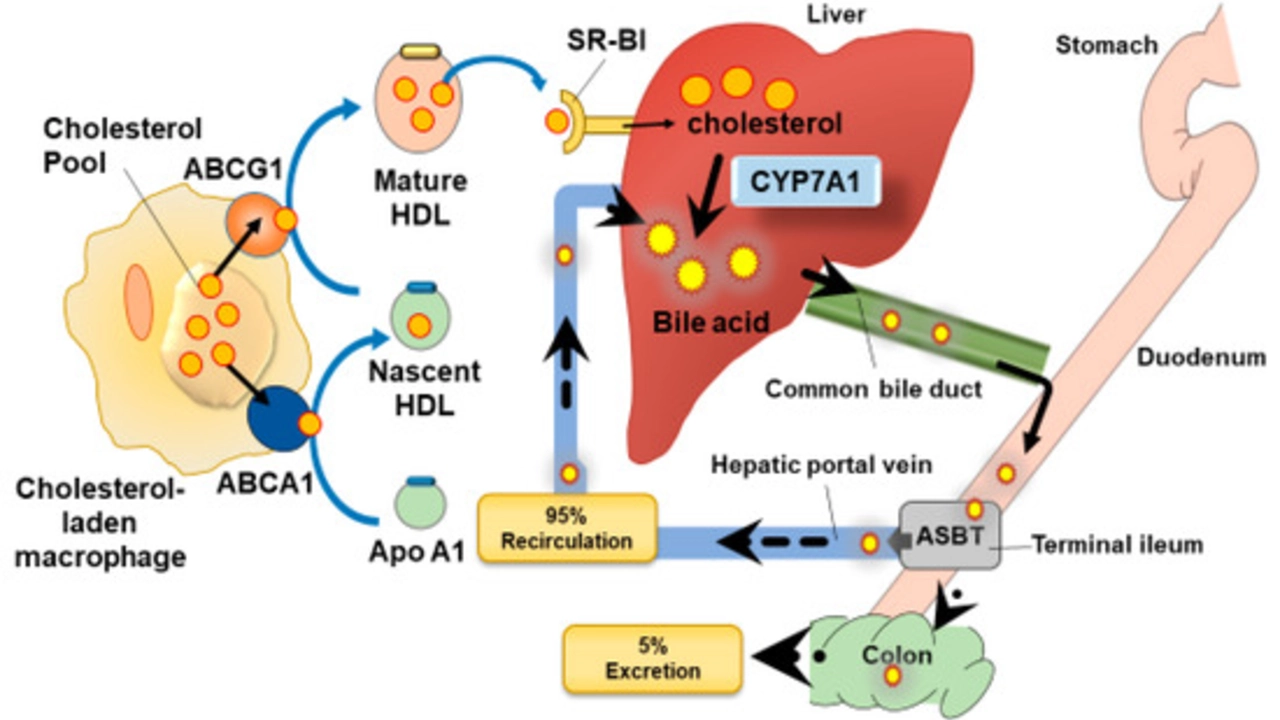Cholesterol Management — Real Steps You Can Use Today
High cholesterol doesn’t have to feel mysterious. If your doctor flagged your LDL or total cholesterol, you can act now with clear steps that actually move the needle. This page explains what matters most: lifestyle changes, when medication helps, and how to track progress without stress.
Simple lifestyle changes that lower cholesterol
Start with food. Cut back on saturated fats (think fatty cuts, full-fat dairy, and fried fast food) and avoid trans fats entirely. Swap in healthy fats: olive oil, avocados, and nuts. Add soluble fiber—oats, beans, apples, and barley—because it binds cholesterol and helps your body clear it.
Move more. Aim for about 150 minutes a week of moderate activity—brisk walking, cycling, swimming. Exercise raises HDL (the “good” cholesterol) and helps lower LDL and triglycerides. Even short daily walks after meals improve results.
Small habits matter: lose a few kilos if you’re overweight, quit smoking, and limit alcohol. Each change gives a measurable boost to your lipid numbers and lowers heart disease risk.
When medication makes sense and what to expect
Diet and exercise sometimes aren’t enough. Doctors prescribe statins first because they cut LDL effectively and reduce heart attack risk. If statins don’t get you to target levels, add-ons like ezetimibe or PCSK9 inhibitors can help. For very high triglycerides, fibrates or prescription omega-3s are options.
Side effects happen but are usually manageable: mild muscle aches or small liver enzyme changes. Your doctor will check blood tests 4–12 weeks after starting or changing a drug, then periodically after that. If you get side effects, report them; often a dose change or a different statin fixes the issue without losing benefits.
Targets vary by your heart risk. Rough guide: LDL under 100 mg/dL for most people, and under 70 mg/dL if you have existing heart disease or diabetes. Talk to your clinician for personal targets—don’t self-adjust meds.
Want to stick with treatment? Make it routine: pair pills with a daily habit (like brushing teeth), use a pill box, or set a phone alarm. Cost matters too—ask about generics or discount programs. If you shop for meds online, pick licensed pharmacies that require a prescription and show clear contact info.
Monitoring is straightforward. A lipid panel (fasting not always required) checks total cholesterol, LDL, HDL, and triglycerides. After lifestyle or med changes, recheck in one to three months, then every 6–12 months once stable.
If you have symptoms like chest pain, sudden shortness of breath, or fainting, seek emergency care. For ongoing worries—persistent muscle pain, unexplained fatigue, or confusing lab results—book a visit and bring your test history.
Small, consistent changes add up. Cut a bit of saturated fat, move a little more, follow your medication plan, and check your numbers. Those actions together protect your heart and make cholesterol management realistic, not scary.
